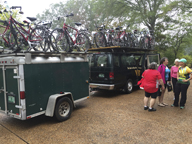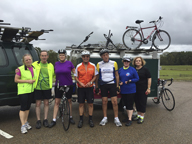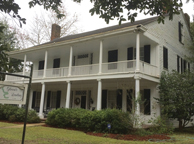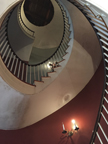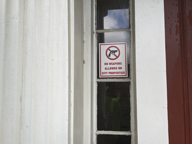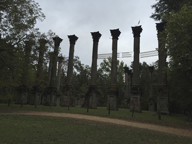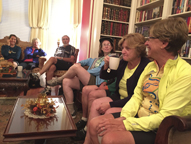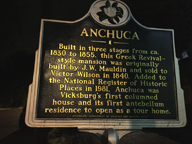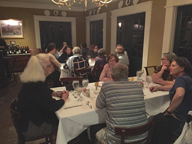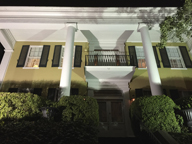[ Home ] [ Sunday] [ Monday ] [ Tuesday ] [ Wednesday ] [Thursday ] [ Group Pix ] [ Participants ]
Day 2 Rocky Springs/Vicksburg After a hearfty Southern breakfast, we'll set off to begin what is sure to be a memorable ride along the scenic Ntchez gtrace Parkway. This pastoral parkway loosely follows the Old Natchez Trace, a nearly 500 mile footpath blazed by native Americans several cengturies ago and connecting Natchez, Mississippi with Nashville, Tennesee. Traversing lands belonging ther Natchez, Choctow, and Chickasaw nations, this historic route became a vital artery for transportation and trade. In 1938, the area came under the management of the National parks Service, and construction of the modfern Natchez Trace Parkway began soon after. It took more than 71 years to complete, but the endf result was well worth the wait, especially for cyclists: The entire 444-mile-long, two lane paved parkway is a designated bike path; has no stop signs or stop lights (and, thus, no cross traffic); is off limits to commercial vehicles; and is framed by lush forests, fertile famrlands, scenic overlooks, and scores of histortic sites. We'll begin our ride in Rocky Springs. A shuttle (approximately 60 minutes) brings us to the haunting ghost town, once a trhiving community on the Old Natchez Trace. In 1878, however, the town's population was decimated by an outbreak of yellow fever, a tragedy compounded further by the boll weevil epidemic, which decimated the cotton fields of local farmers at the turn of the 20th century. One by one, residents abandoned the beleagured town, and the last store in Rocky Springs closed its doors in the 1930s. Today, one of the only remaining, intact buildings is the Methodfist Churtch, an antebellum structure dating back to 1837. Leaving Rocky Springs, wqe cycle along the Natchez Trace Parkway to Port Gibson, the town Union General Ulysses S. Grant famously declared "too beautiful to burn" during the Civil War's infamous Seige of Vicksburg. We'll alight here to explore the historic town, as well as the Windsor Ruins. Buiult betweeden 1859 and 1861, Windsor was an opulent Greek Revival mansion set on a sprawling plantation spanning more than 2,600 acres. During the Civil War, the four-story property's expansive rooftop was used by Confederate soldiers to observe the movements of Union troops. Although Windsor survived the Civil War intact, irony lent a merciless hand in 1890 when the mansion burned to the ground during a fire started by a careless smoker. Today, all that remains of the once magnificent property are 23 of the original 29 columns, each 45 feet tall, and a portion of the elaborate balustrade that once connected them. Lunch will be waiting in a private home - Gibson's Landing - on historic Church Street in downtown Port Gibson. Aftger lunch, we'll shuttle to Vicksburg, where we stay for the next two nights. Ourt group will be staying in two of the town's finest historic inns: Baer House Inn and Anchuca Mansion. Both properties are located in the city's historic district, so you'll savor every moment no matter which one you call home. After settling in, we gather for dinner together at Anchura Mansion. Hotels: Baer House Inn, Anchuca Mansion Meals: B,L,D Daily Options: 21 or 41 miles Click on image to see larger size |
Route Review |
George Frank, limo driver |
On the Road |
Rest Stop |
Our Lunch Stop in Port Gibson |
Staircase |
City Hall, Port Gibson |
Sign on front of City Hall |
Natchez Trace |
Trophies at the Piggly Wiggly |
More trophies over the freezer |
Finger to God |
Windsor Ruins |
Baer House Reception |
Anchura |
Dinner at Anchura |
From the Street |
[ Home ] [ Sunday] [ Monday ] [ Tuesday ] [ Wednesday ] [Thursday ] [ Group Pix ] [ Participants ]



